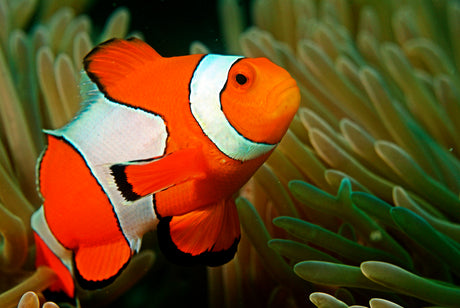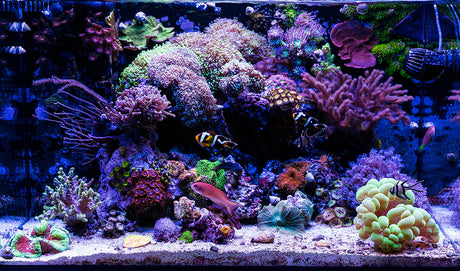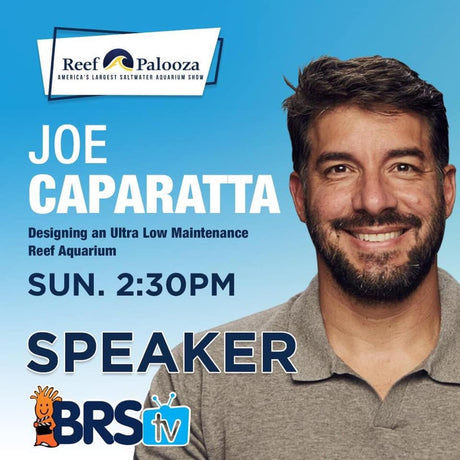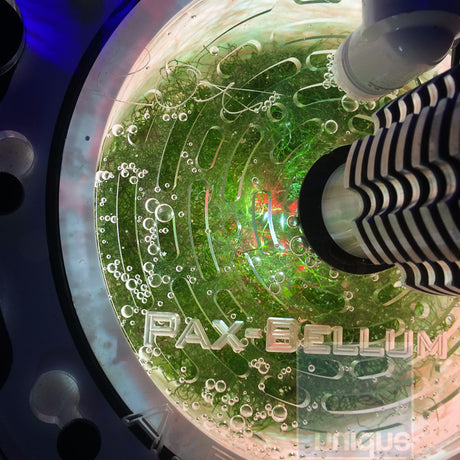
Acclimating your new saltwater fish
By Danny Horst
Adding livestock to your reef is one of the most exciting and nerve racking parts of our hobby. Your new addition may be an extremely rare fish or it may...
Read moreGreat Deals on your weekly shop Shop Now

By Danny Horst
Adding livestock to your reef is one of the most exciting and nerve racking parts of our hobby. Your new addition may be an extremely rare fish or it may...
Read more
By Toni Nancy Xiong
Whether you’re new to reef-keeping, considering starting your own reef tank, or just finished cycling your tank, you'll end up wondering, “What corals should I get? It is easy to get a...
Read more
By Toni Nancy Xiong
Ever wondered why some people can have a super enjoyable reefing experience, while others huff and puff, and labor through it all? The process makes all the difference! Joe is...
Read more
By Toni Xlong
"Had a chance to visit unique corals. All I can say is what an amazing facility with amazing people behind it." - Eat_Sleep_Reef
Read more
By Toni Xlong
How many hours should the reactor be on for? Macro-algae needs to be acclimated to intense light just like corals do. When loading the ARID reactor for the first time...
Read more
By Toni Xlong
How long will the LED’s last? The LEDs are rated by the manufacturer for 50k hours. We suggest replacement after 40k. Make sure your heat sink is able to radiate...
Read more
By Toni Xlong
What is the ARID Reactor? The ARID Reactor is an acronym for; Algae Remediation Illuminated Device. It is a specially designed life support system for use in aquariums and aquaculture. ...
Read more